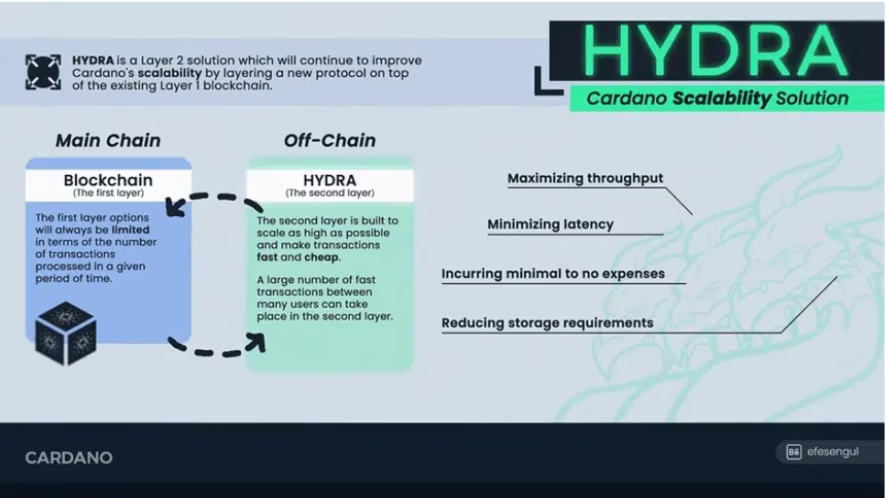- Cardano is a scalable, energy-efficient blockchain that supports smart contracts and decentralized apps using a unique two-layer design.
- Its upgrades and proof-of-stake system enhance performance while promoting secure, decentralized governance.
The cryptocurrency space has rapidly evolved, with blockchain technology at its core. Among the many platforms emerging to address blockchain limitations, Cardano stands out as a pioneering solution designed for scalability, security, and sustainability. Founded by Ethereum co-founder Charles Hoskinson in 2017, Cardano aims to overcome the challenges Ethereum faces, such as network congestion and high gas fees, while advancing blockchain innovation.
ALSO READ:XRP Hits Wall Street with Nasdaq Launch of XRPI and XRPT ETFs
What Makes Cardano Different?
Cardano is a third-generation blockchain that uses a unique two-layer architecture. The Cardano Settlement Layer (CSL) handles ADA token transactions efficiently, ensuring smooth value transfer between users. The second layer, the Cardano Computation Layer (CCL), supports smart contracts and decentralized applications (dApps). This division allows for independent updates and better scalability compared to single-layer blockchains like Ethereum.
Moreover, Cardano employs a proof-of-stake (PoS) consensus mechanism called Ouroboros. Validators are selected based on the ADA tokens they stake, making Cardano far more energy-efficient than Bitcoin’s proof-of-work system. The network’s development is driven by peer-reviewed academic research, providing a strong scientific foundation for its protocols.
ALSO READ:Kraken Launches xStocks on Solana to Offer Tokenized U.S. Equities Globally
Technological Edge: Upgrades and Innovations
Two key upgrades highlight Cardano’s commitment to performance and scalability:
- Hydra Layer-2 Solution: A major scaling upgrade aiming to increase transaction throughput to potentially one million transactions per second. Hydra will enable more complex dApps and smart contracts to operate smoothly on the network.

- Vasil Upgrade: Rolled out in September 2022, this hard fork enhanced Cardano’s performance by improving network efficiency and reducing transaction costs and sizes.
Cardano’s use of Haskell, a mathematically precise programming language, offers enhanced security and reliability for smart contract development, setting it apart from Ethereum’s Solidity language.
ADA Token and Its Utility
ADA is Cardano’s native cryptocurrency, serving multiple roles on the network. It is used to pay transaction fees, stake in the network to secure it and earn rewards, and participate in decentralized governance. ADA holders have voting power on protocol upgrades, ensuring the blockchain remains community-driven.
Cardano ADA’s Vision
Cardano aims to foster financial inclusion, providing blockchain access to unbanked populations without intermediaries. Its decentralized governance model empowers ADA holders to shape the future of the network. Additionally, Cardano’s layered design supports interoperability with other blockchains, enabling seamless integration across platforms.
With a growing ecosystem of dApps—from decentralized finance to gaming—Cardano is well-positioned to expand its adoption. The network’s innovative approach to scalability, sustainability, and security makes it a key player in the next wave of blockchain development.
In conclusion, Cardano is more than just an alternative to Ethereum. Its scientific rigor, energy-efficient consensus, and forward-looking upgrades place it at the forefront of blockchain technology evolution. For anyone interested in a sustainable and scalable blockchain ecosystem, Cardano offers a compelling vision of the future.
MIGHT ALSO LIKE:Can Dogecoin Reach $0.5 Again After 34% Rally?
DISCLAIMER:
The views and opinions expressed herein are solely those of the author and do not necessarily reflect the views of the publisher. The publisher does not endorse or guarantee the accuracy of any information presented in this article. Readers are encouraged to conduct further research and consult additional sources before making any decisions based on the content provided.